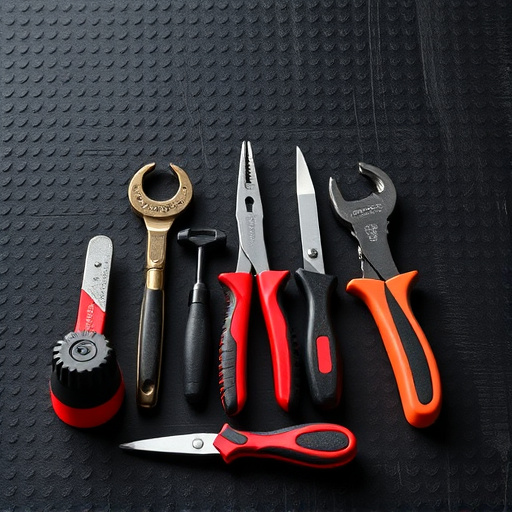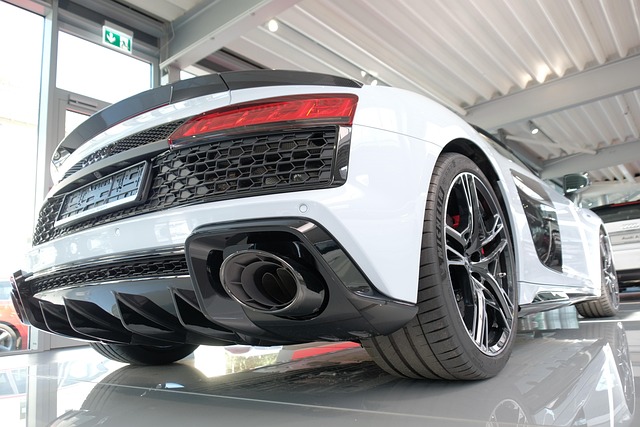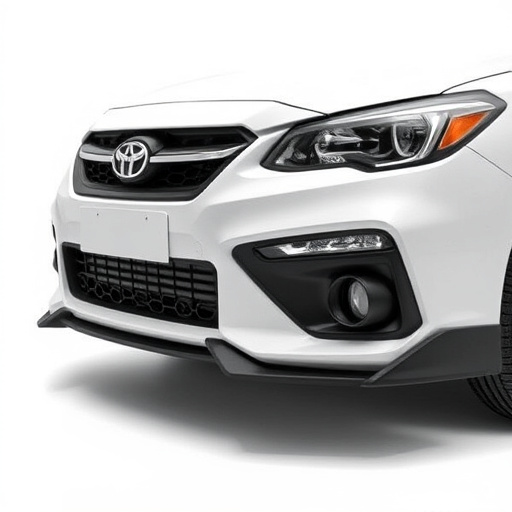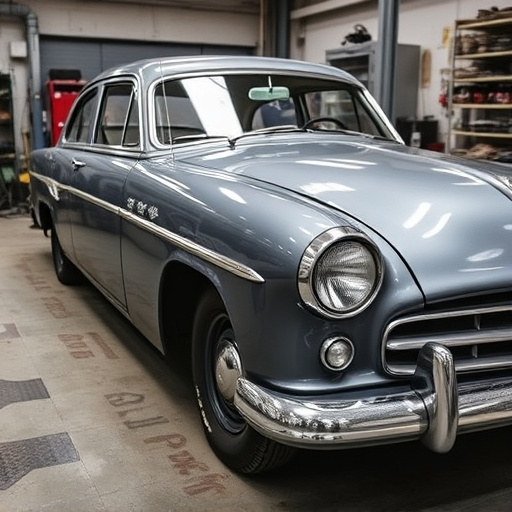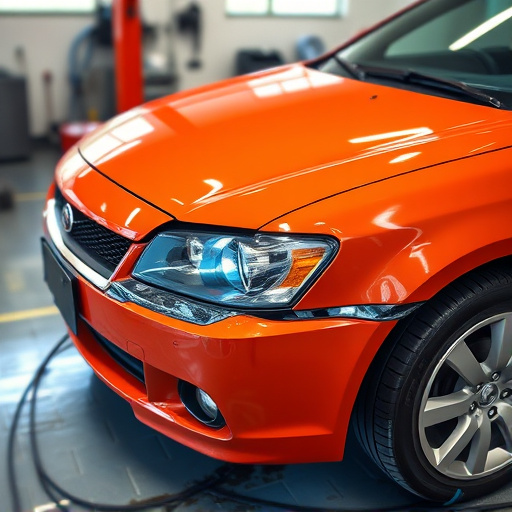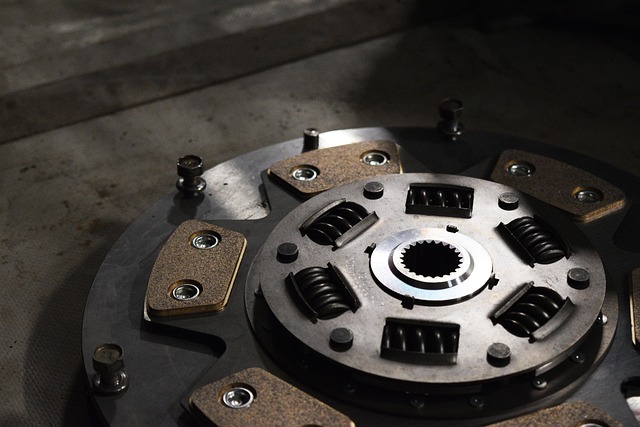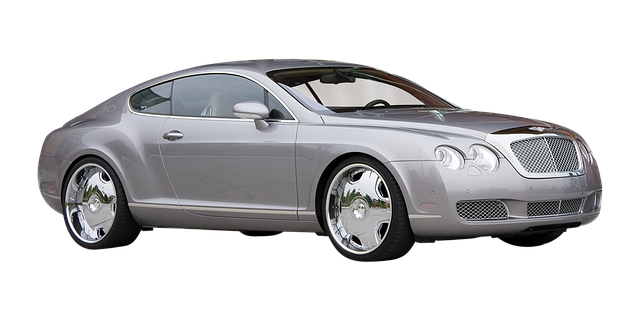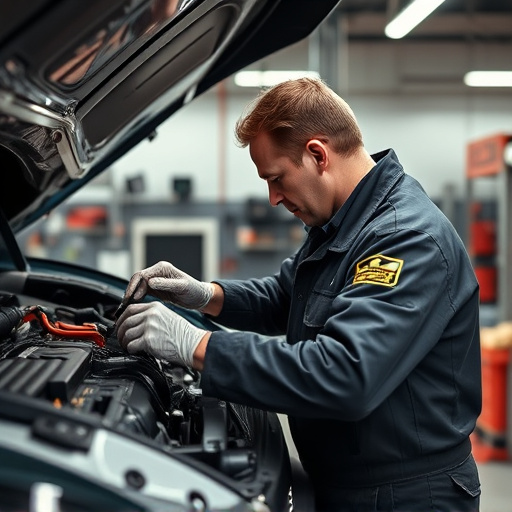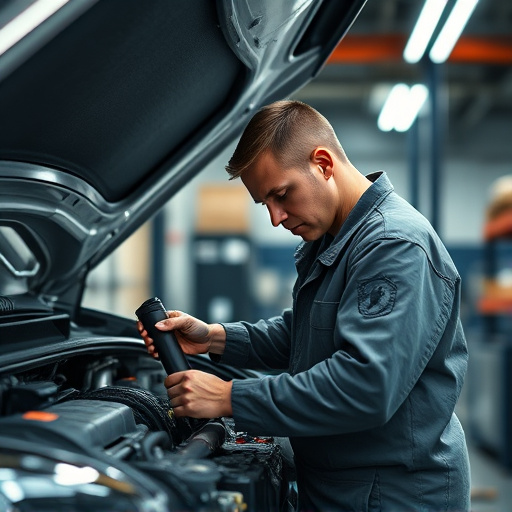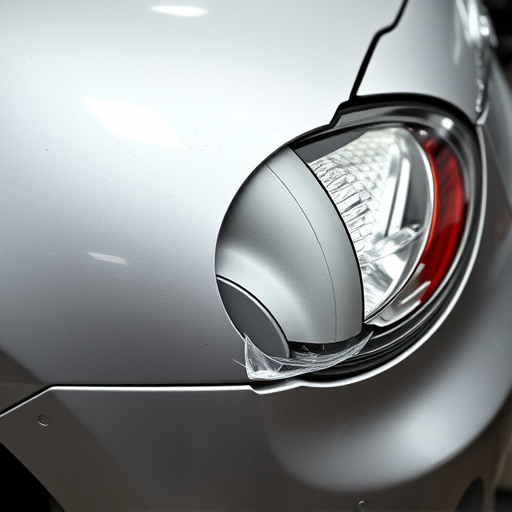Choosing between OEM and aftermarket auto body panel replacements depends on balancing quality, cost, and personal preferences. OEM parts offer superior precision fitting, reliability, and brand warranties but are pricier. Aftermarket parts provide a more affordable option with good performance, wider availability, and extended warranties, though their design and material strength may vary. Consider factors like compatibility, warranty, price, and supplier reputation to make an informed decision tailored to your car dent repair needs.
When it comes to repairing or replacing your vehicle’s auto body panels, understanding the difference between Original Equipment Manufacturer (OEM) and aftermarket parts is crucial. This article delves into these two types of auto body panel replacement options, shedding light on their definitions, sources, key differences, and essential factors to consider for an informed decision. Whether you’re a professional mechanic or an enthusiastic DIYer, choosing the right parts can make all the difference in your repair outcome.
- Understanding OEM and Aftermarket Parts: Definitions and Sources
- Key Differences Between OEM and Aftermarket Auto Body Panels
- Factors to Consider When Choosing Between OEM and Aftermarket Parts
Understanding OEM and Aftermarket Parts: Definitions and Sources
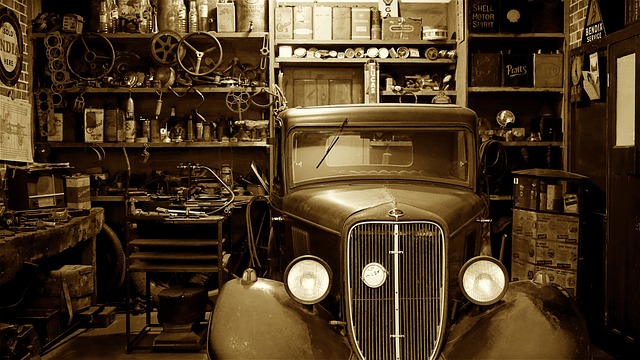
OEM (Original Equipment Manufacturer) parts are those specifically designed and produced by the vehicle manufacturer to replace original equipment in a car. They are essentially the same components that come installed on a new vehicle when it rolls off the assembly line. OEM parts are known for their quality, precision fitting, and adherence to strict manufacturing standards, making them a popular choice for car owners seeking reliable replacements after a car collision repair or dent removal.
Aftermarket parts, on the other hand, are produced by companies other than the vehicle manufacturer. These parts are designed to fit various makes and models of vehicles and are often more affordable than OEM alternatives. While they may not always match the precision fitting and quality of OEM parts, aftermarket auto body panel replacement components can still be an excellent option for car bodywork repairs, offering a balance between cost and performance. They are readily available from numerous retailers, both online and offline, catering to diverse consumer needs in terms of car collision repair and dent removal.
Key Differences Between OEM and Aftermarket Auto Body Panels

When it comes to auto body panel replacement, Original Equipment Manufacturer (OEM) parts and Aftermarket parts offer distinct advantages and considerations for car owners and auto repair services alike. One of the key differences lies in their origin and authenticity; OEM parts are genuine components directly produced by the vehicle manufacturer, ensuring a perfect fit and often backed by the brand’s warranty. This makes them a popular choice for those prioritizing reliability and maintaining the original integrity of their vehicle.
Aftermarket auto body panel replacement parts, on the other hand, are manufactured by third-party suppliers and designed to be interchangeable with OEM parts. While they may not carry the same warranty or have the exact same specifications, aftermarket products can offer significant cost savings without compromising quality. These parts are often readily available and easily accessible through various auto parts stores and online retailers, making them a convenient option for body shop services looking to cater to a wide range of customers with diverse budgets.
Factors to Consider When Choosing Between OEM and Aftermarket Parts
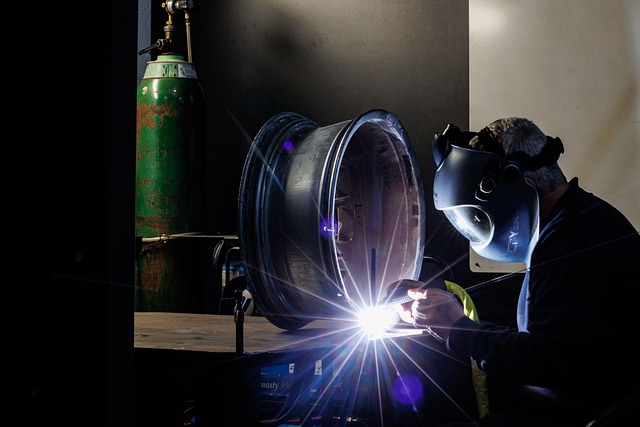
When deciding between OEM (Original Equipment Manufacturer) and aftermarket auto body panel replacement parts, several factors come into play. One key consideration is quality and durability. OEM parts are designed to exactly match the specifications of the vehicle they’re intended for, ensuring a seamless fit and often superior longevity. Aftermarket parts, while sometimes offering more affordable options, may not have the same level of precision in their design or material strength.
Another aspect to weigh is compatibility and warranty. It’s essential to confirm that the chosen auto body panel replacement part is compatible with your specific car model and year. Aftermarket brands often provide extensive warranties, which can offer peace of mind for consumers. In contrast, OEM parts typically come with manufacturer warranties but may have more stringent terms. Considering factors like price, availability at local auto body shops or collision centers, and the reputation of the supplier are also vital in making an informed decision for your car dent repair needs.
When choosing auto body panel replacement parts, understanding the distinctions between OEM and aftermarket offerings is crucial. While OEM components provide brand-specific compatibility and quality assurance, aftermarkets offer more variety, affordability, and customization options. Factors like warranty, price, fitment, and personal preferences should guide your decision. Ultimately, the best choice depends on individual needs and priorities in ensuring a reliable and safe repair for your vehicle.
